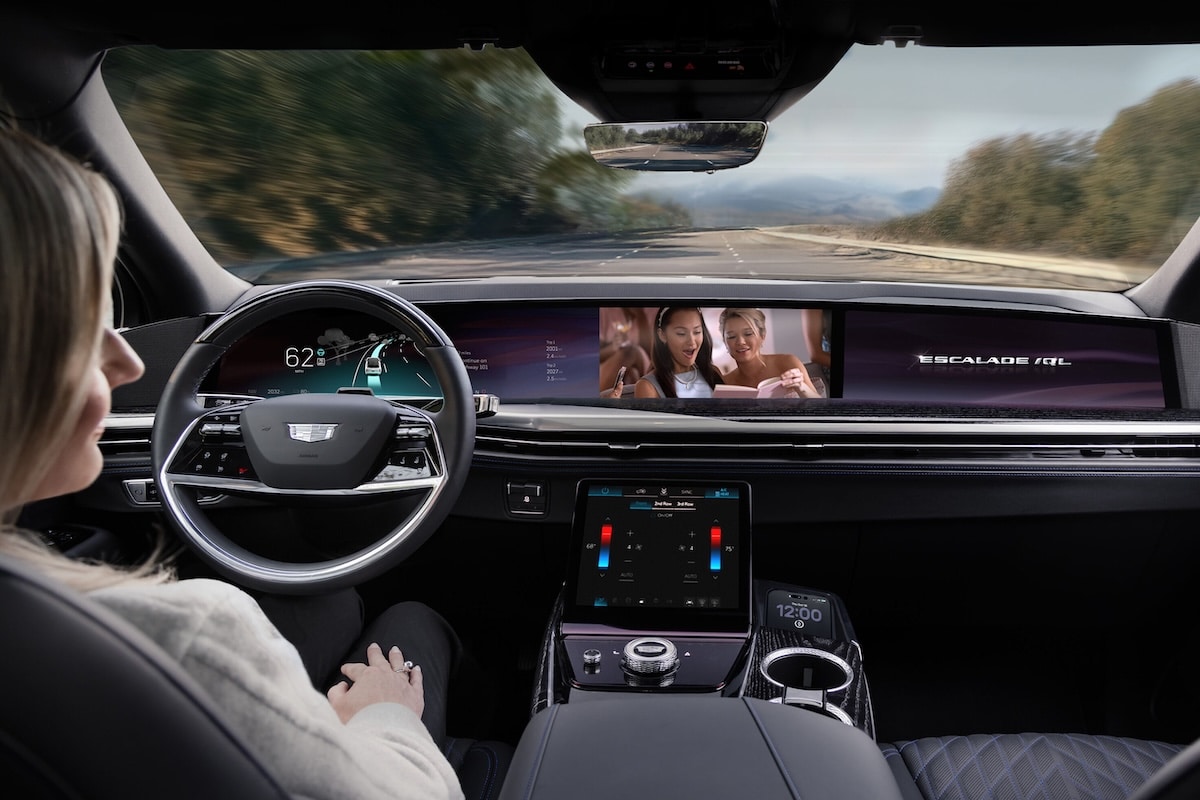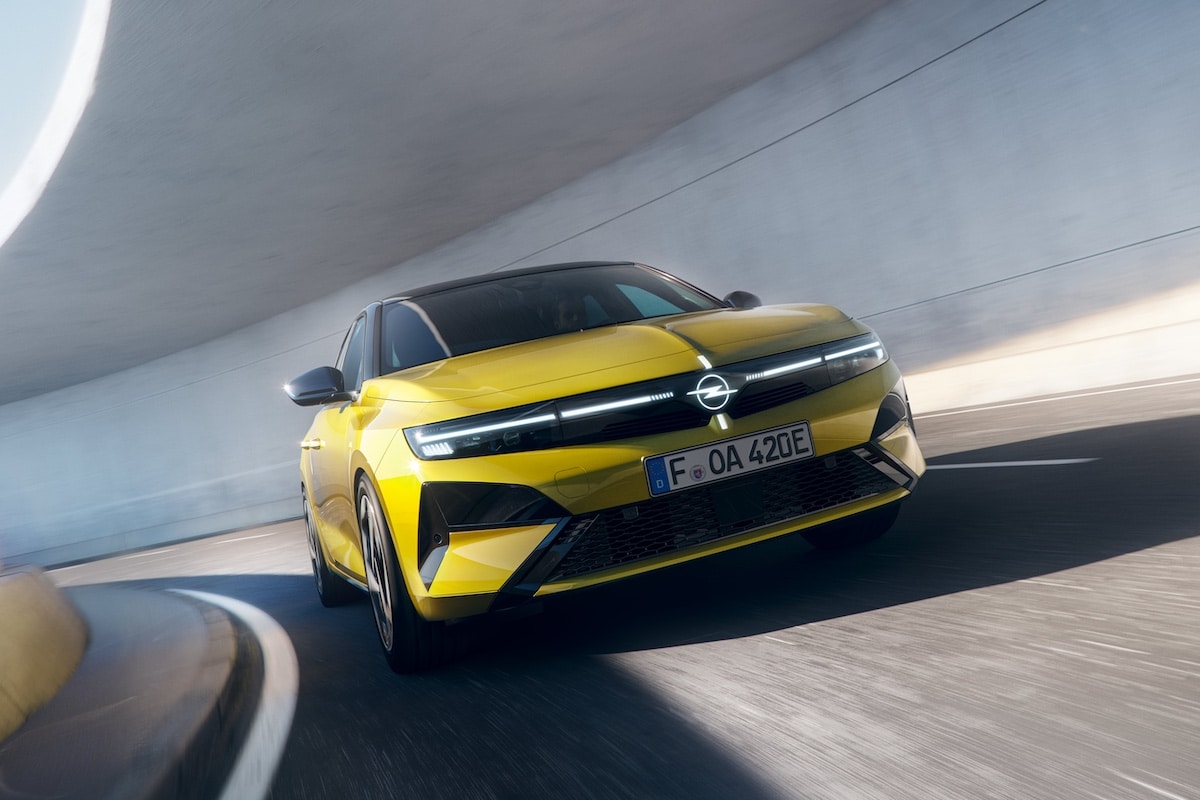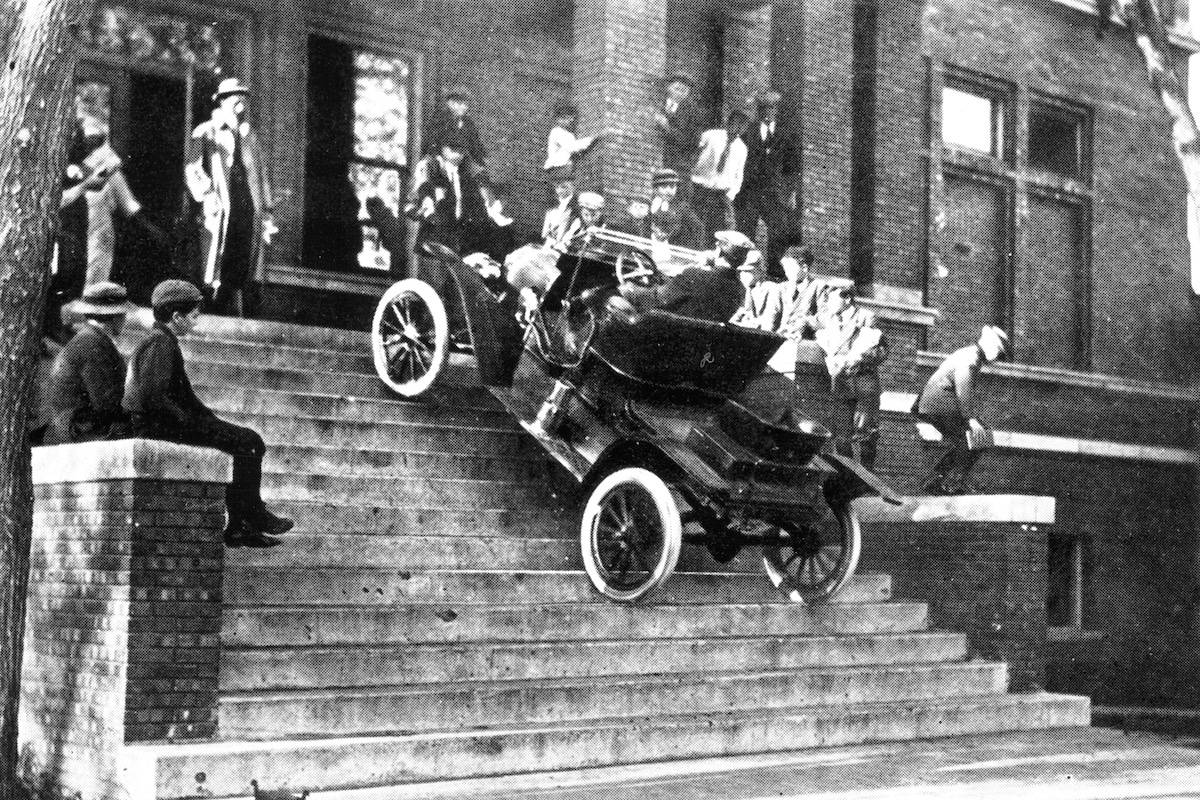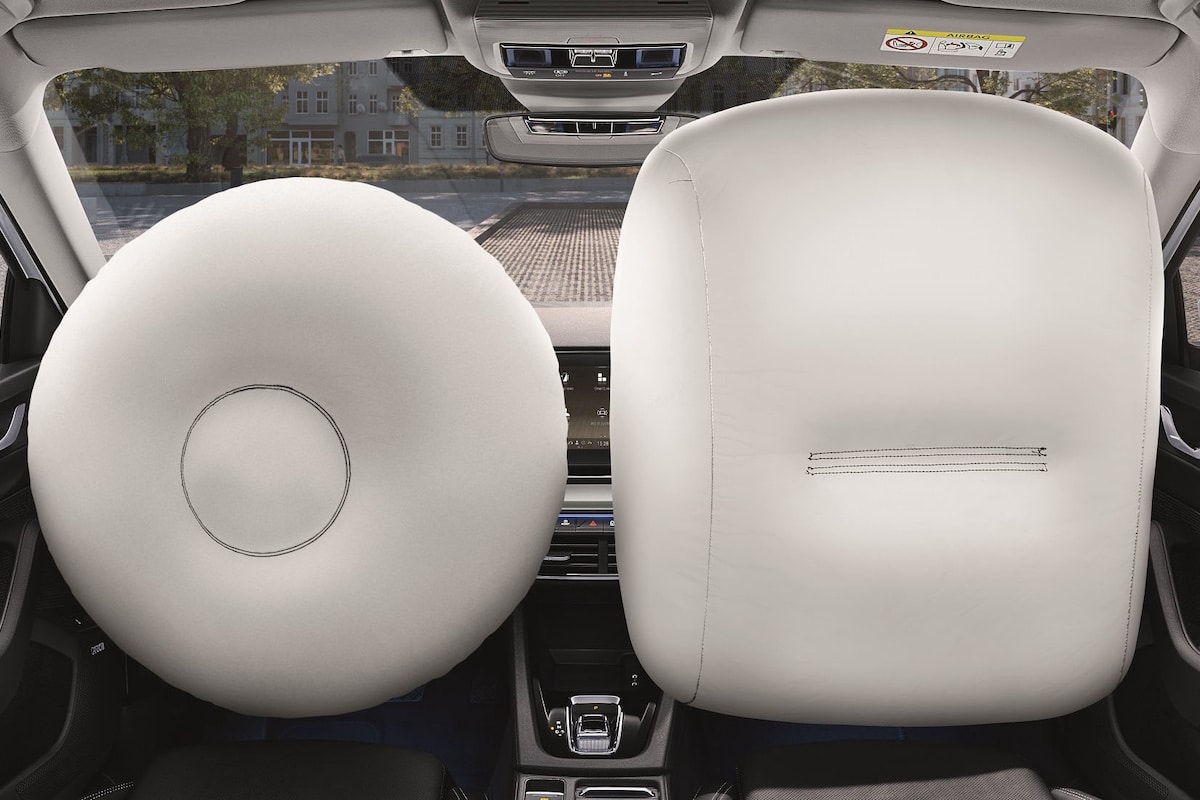Cadillac Breaks a Taboo: Watching a Movie While Driving Will Soon Be Possible

General Motors has taken a symbolic step in the race towards autonomous driving and the wildest innovations: watching movies while driving.
On the occasion of its GM Forward event in New York, the American group announced that the Cadillac Escalade IQ, its luxury electric SUV, will introduce “eyes-off” autonomous driving in 2028. In other words: the driver will literally be able to take their eyes off the road, or even… watch a movie while the car is in motion. A revolution? Or a taboo broken?
Since the introduction of Super Cruise, then Ultra Cruise, Cadillac claims to have the most advanced assisted driving technology in North America, surpassing even Tesla: more than 700 million miles driven without an accident attributed to the system, and 600,000 miles of mapped roads.
You might be interestedin this article:
A car that truly drives itself?
Until now, these systems remained “hands-free,” not “eyes-off.” The driver was still required to monitor the road. In 2028, the new generation of Super Cruise promises to cross this symbolic threshold: the driver will be able to watch a movie, browse their smartphone, or even relax while the car manages acceleration, braking, and steering on its own.
Historically, visual entertainment was strictly forbidden for the driver, for obvious safety reasons. Even the screens in the front were often limited or cut off as soon as the vehicle started to move. However, with this announcement, Cadillac is changing the paradigm: for the first time, a manufacturer promises a driving experience where watching a screen is no longer a danger, but an activity allowed.
But beware: “Eyes-off” does not mean “fully autonomous,” but it is a strong signal: the car is becoming a connected living space, not just a mode of transportation. This evolution relies on a foundation of technologies from Cruise Automation, GM’s autonomous subsidiary, which has accumulated over 5 million miles of driverless driving in urban environments.
The car as a personal robotaxi?
As autonomous taxis are set to proliferate in our streets, why should their technology be exclusive? GM’s idea: combine the best of both worlds: Cadillac’s industrial robustness and Cruise’s software and AI capabilities. Mary Barra, CEO of General Motors, speaks of a future where “the vehicle becomes an intelligent assistant.”
However, this promise raises ethical and regulatory questions: when does the machine become legally responsible? And most importantly, what happens when humans are no longer attentive?
Allowing a driver to watch a movie while driving disrupts the moral contract between humans and their machines… but robotaxis have opened the breach into which manufacturers are now rushing. The Trojan horse was perfect!
Autonomy, the meaning of history?
Until now, the car symbolized individual responsibility: we drive, decide, and assume. Cadillac changes this equation: the driver becomes a passenger. And what if the technology fails? Will distracted humans become more vulnerable? Engineers talk about software redundancy and AI supervision, but society will have to get used to seeing a 3-ton SUV cruising on the highway while its “driver” watches Netflix.
This GM announcement goes beyond technology. It questions our relationship with responsibility, trust in AI, and the value of time spent behind the wheel. The autonomous car promises freedom, but it also invites us to relinquish control.
But upon reflection, it is only the logical progression of history. An autonomous car is better than distracted, intoxicated, or sleeping drivers. Ultimately, the danger will be less.
ALSO READ: Model X: Tesla charges €5900 for these new 22-inch wheels
This page is translated from the original post "Cadillac brise un tabou : regarder un film en roulant sera possible" in French.
We also suggestthese articles:
Also read





